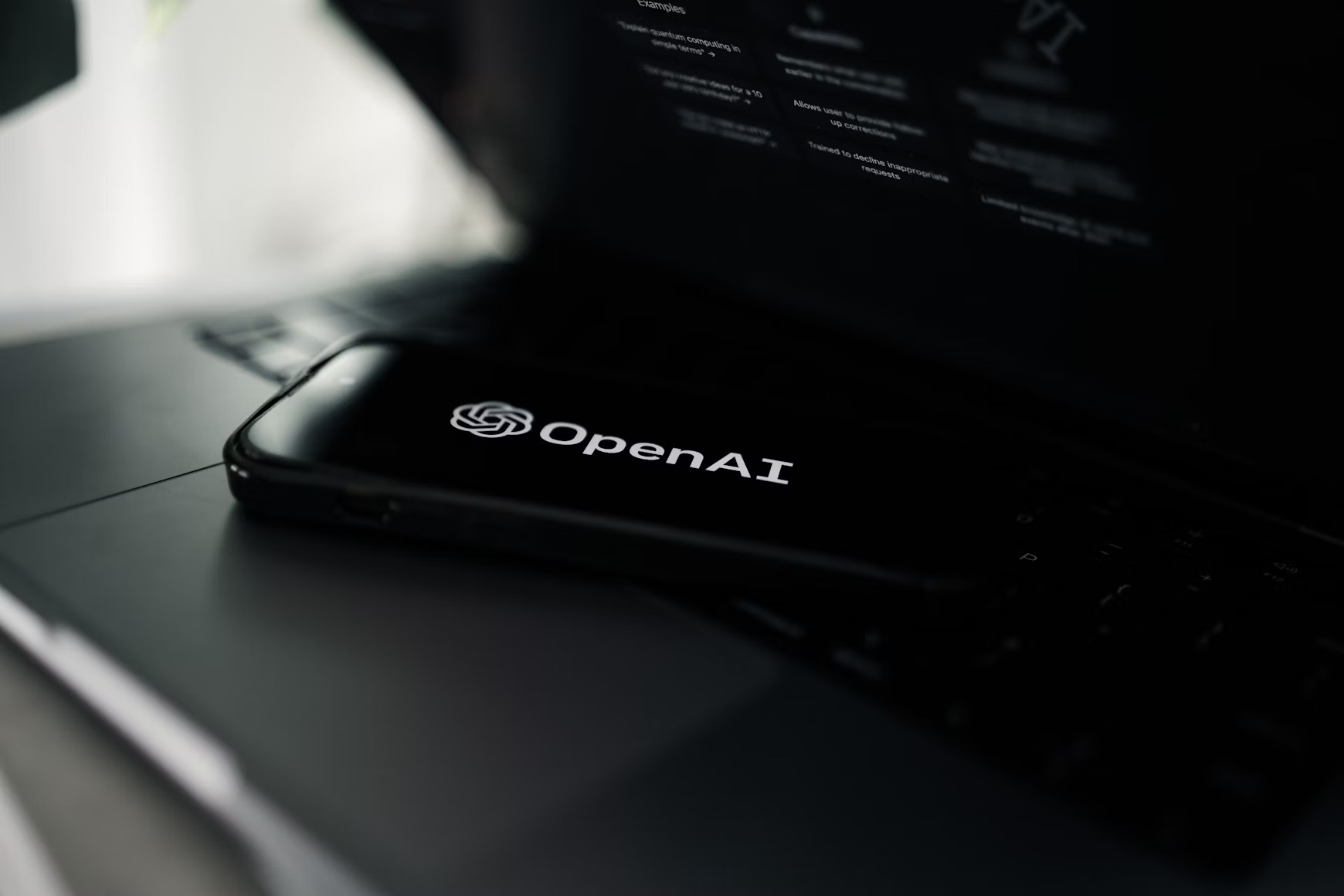
OpenAI has announced the launch of two new open-weight AI reasoning models, which it says have similar capabilities to its proprietary o-series. The company described the models as “state of the art” among other open models on a number of benchmarks. Both models are freely available for download on Hugging Face, an online developer platform.
The models come in two sizes: a larger, more capable gpt-oss-120b model that can run on a single Nvidia GPU, and a lighter-weight gpt-oss-20b model that can run on a consumer laptop with 16GB of memory. This release marks OpenAI’s first open model since GPT-2, which was launched over five years ago.
Performance and Hallucination Concerns
OpenAI has aimed to position its new open models as leaders in the open-weight AI space, and the company claims to have achieved this goal. However, these models do have some limitations. Notably, they are text-only and cannot process or generate images and audio. They also hallucinate significantly more than the company’s latest proprietary models. On PersonQA, a benchmark for measuring the accuracy of knowledge about people, the gpt-oss-120b and gpt-oss-20b models hallucinated in response to 49% and 53% of questions, respectively.
On a competitive coding test called Codeforces, gpt-oss-120b and gpt-oss-20b scored 2622 and 2516 respectively. This performance was better than DeepSeek’s R1, but not as good as o3 and o4-mini. Similarly, on Humanity’s Last Exam (HLE), the models scored 19% and 17.3%, outperforming open models from DeepSeek and Qwen but still falling short of o3.
Training, Licensing, and Strategic Context
OpenAI says its open models were trained using methods similar to its proprietary models, including mixture-of-experts (MoE) architecture for efficiency and high-compute reinforcement learning (RL) for instruction-following. This allows them to excel at powering AI agents and calling tools like web search or Python code execution. The models are being released under the permissive Apache 2.0 license, which allows enterprises to monetize them without paying or getting permission from OpenAI. However, unlike some fully open-source offerings, OpenAI is not releasing the training data used to create the models.
This launch is a significant strategic move for OpenAI, which has faced growing competition from Chinese AI labs that have developed highly capable and popular open models. The Trump administration has also been urging U.S. developers to open-source more technology to promote global adoption of AI aligned with American values. As CEO Sam Altman noted, “OpenAI’s mission is to ensure AGI that benefits all of humanity. To that end, we are excited for the world to be building on an open AI stack created in the United States, based on democratic values, available for free to all and for wide benefit.”
Author’s Opinion
OpenAI’s launch of these new open-weight models is a clear attempt to re-engage with the open-source community and respond to geopolitical pressures, but it raises questions about what “open” truly means. While making the model weights freely available is a positive step, the decision to withhold the training data and source code leaves a key piece of the puzzle proprietary. This selective openness allows OpenAI to benefit from a thriving developer ecosystem while still protecting its most valuable intellectual property. The trade-off is clear: developers get powerful tools to innovate with, but they don’t get the full transparency needed to completely understand, audit, and improve the models, which could be a significant obstacle for true scientific and ethical progress in the long run. The high hallucination rate in these open models serves as a potent reminder that even with powerful tools, the burden of ensuring accuracy and safety still falls on the end user.
Featured image credit: Zac Wolff via Unsplash
For more stories like it, click the +Follow button at the top of this page to follow us.
